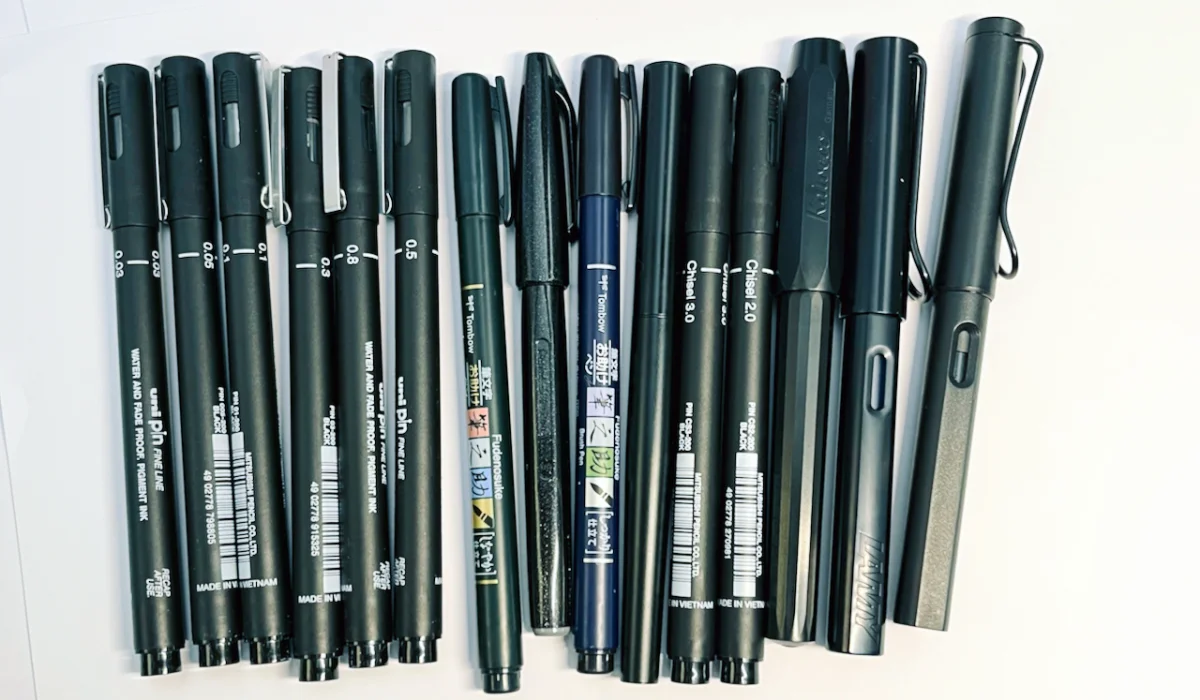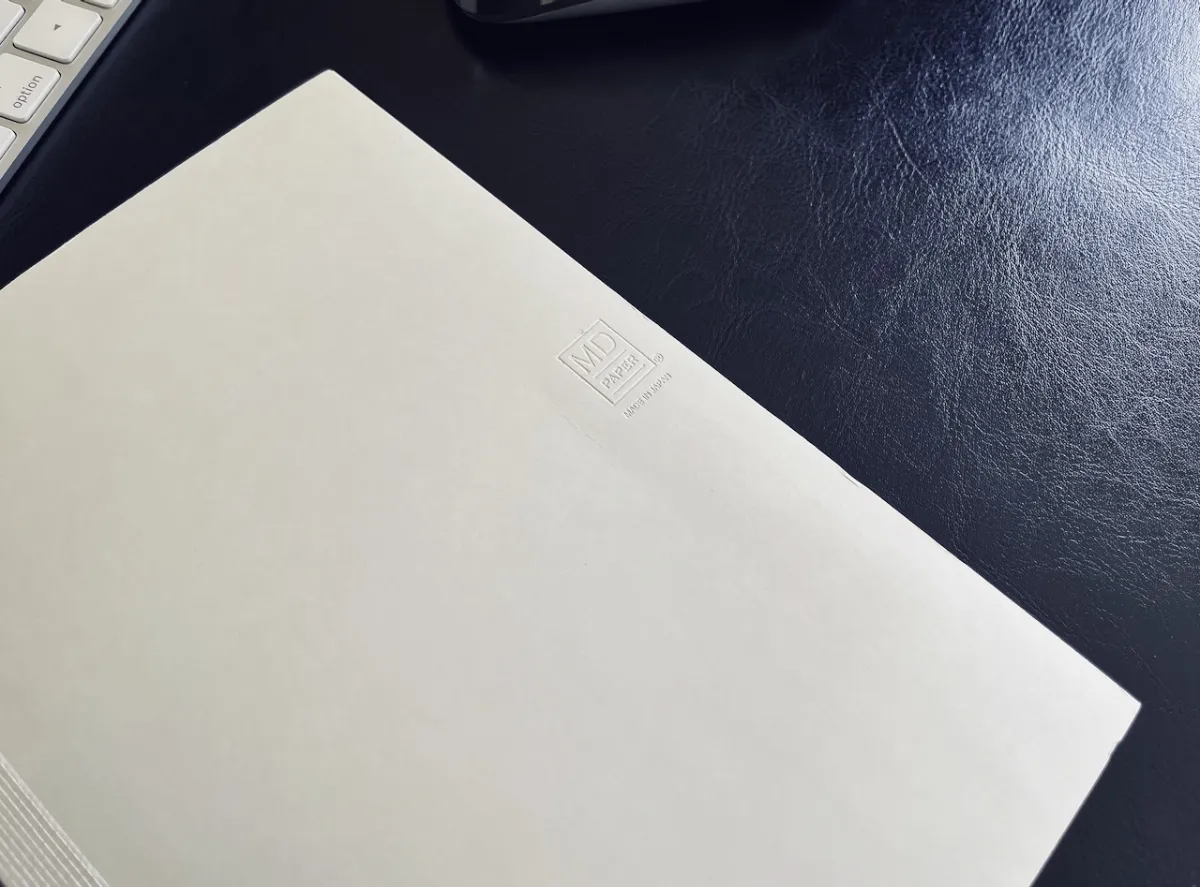Stationery
I grew up studying in my early years with an ardent lack of stationery. I still remember buying a used fountain pen from a friend, and it became my prized luxury item.
The lack of the bare necessities of stationery needed for my education remained a fear. My fear is cemented by many nightmares that I have to this day of various scenarios of me or my daughters without the much-needed stationery when the time called for.
Now, I can afford to buy, and I have an indulgence in purchasing exquisite stationery items, along with backups of these items, and stashes of secondary backups. I want stationery to be one item that my daughters will never have to worry about.
In a world where everything seems to be digitized, from our grocery lists to our signatures, the humble world of stationery quietly endures. It’s thriving in ways that make the digital realm look almost… sterile.

There’s something deeply personal about putting pen to paper. That small act, that tactile connection, still resonates. The friction of graphite or ink on paper gives shape to ideas in ways that no keyboard tap ever can.
Handwriting slows you down. It forces you to think, to reflect. The very act of choosing the right pen, paper, and notebook becomes ritualistic. It is deliberate. In the same way that some people prefer manual coffee grinders over pods, or vinyl over Spotify, good stationery adds depth to the mundane.
There’s also a tactile satisfaction that screen-swipes can never replace. Turning pages, hearing the soft rustle, feeling the tooth of paper under a pen tip, these are sensory experiences that reconnect us with our human side.
When it comes to stationery, the Japanese are at the pinnacle of the ultra-premium market. Japan doesn’t just make stationery. Japan perfects it.

A Midori MD notebook, for example, is designed with such thoughtfulness that the binding lies flat, the paper resists bleed-through, and even the packaging invites reuse. Muji, on the other hand, takes minimalism to new heights. Their gel ink pens, notebooks, and folders are as functional as they are beautiful, and priced well within the reach of everyday users.
And then there’s Hobonichi. What began as a daily planner brand has evolved into a cult phenomenon. With its thin yet durable Tomoe River paper, Hobonichi planners can take fountain pen ink like no other. It’s not just about scheduling your meetings; it’s about journaling your life, your emotions, your thoughts.
Japanese stationery is rooted in a deep tradition of craftsmanship. Whether it’s Pilot’s ultra-fine pens or the engineering elegance of a Kokuyo Campus notebook, the quality feels over-engineered in the best possible way. You begin to see the philosophy behind it all: build it well, make it last, build it to delight.
Even something as basic as a pencil from Mitsubishi or Tombow is a marvel of precision. The graphite flows smoothly, the weight feels just right, and sharpening it becomes an oddly satisfying ritual.
Using paper in 2025 might feel like a throwback. But to many creatives, entrepreneurs, students, and even programmers, good stationery is a tool, not a luxury. It helps with ideation, sketching, planning, recording, and expression. It serves where digital often distracts.
And while AI may assist you with your thoughts, a good notebook will never ask for an update. It’s just there. Ready when you are.